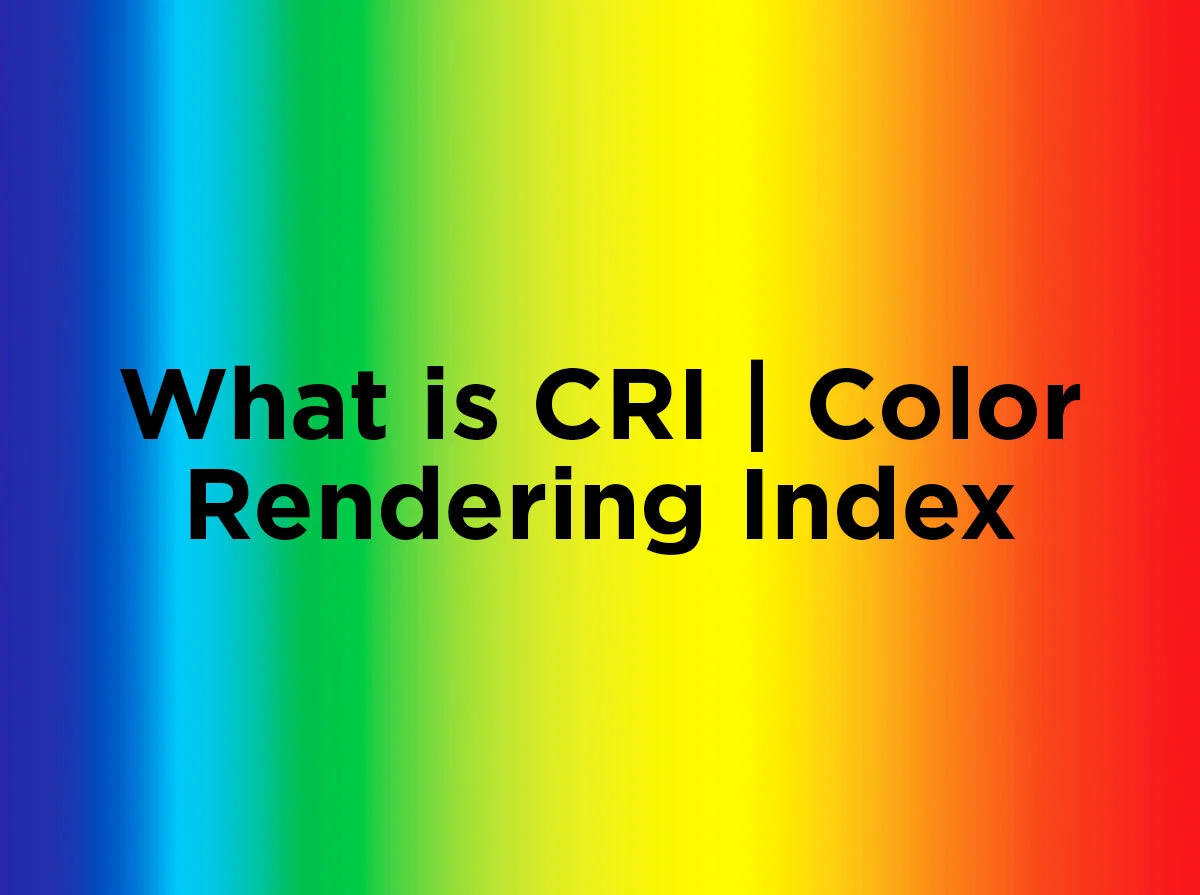Introduction to Outdoor Lighting
As most of us are unlikely to be out in our yards enjoying a glass of cool, fresh lemonade in 50-degree weather, it is easy to forget about our outdoor lighting during the cooler months of the year. However, with the warmer weather just around the corner, it’s time to start thinking about how you will be illuminating your yard. Here are some basic considerations everyone should keep in mind for lighting their outdoor areas year-round.
Choosing Outdoor Lights
Outdoor/Wet Location Approved Before selecting an outdoor bulb or light fixture, always make sure the product says it's suitable for outdoor or wet locations (such as any item in our landscape section). If a product is suitable for outdoor locations, then it's also suitable for wet locations, and vice versa. Unapproved products may become damaged or otherwise hazardous if sprinklers, pool water, rain, or other damp conditions come in contact with their electrical components. If you're not sure, you can always try contacting the manufacturer to double check. Sometimes a product will say it's UL, ETL, or CSA listed for these locations. These are all acronyms for safety organizations that verify products’ operating capabilities in certain locations, including indoor/outdoor, dry, damp, and wet places.
Line Voltage vs. Low Voltage While perusing potential outdoor lights, you may have noticed many products are offered in either line voltage or low voltage options. But what exactly does this mean?
Line voltage lights run using the standard voltage that powers most appliances and bulbs in your home – usually 120 volts. This includes table lamps, ceiling fixtures, chandeliers, and more.
Low voltage lights require a transformer to bring down their voltage supply to 12 or 24 volts. Common low voltage bulbs include miniature bi-pin bulbs found in landscape lighting and MR16s found in indoor track lighting as well as outdoor fixtures. The primary advantage to using low voltage lights is that they are safer to use; a 12- or 24-volt shock won't do half as much harm as a 120-volt shock. Also, if you’re buying a fixture that uses an MR16, you will have plenty of options for controlling your lights’ beam spread.
Common Outdoor Lights
PLT-12418
Security/Motion Sensing Lights
Security lighting should be top priority as homes possess multiple points of entry for potential intruders. Of course, you should always keep your doors locked, but wouldn't it be better to ward off unwanted visitors before they get too close for comfort? These motion-activated security lights can provide great coverage for your front, back, or side lawn.
Path Lights
Many homes have pathways or sidewalks leading up to the front entrance or around their backyard. Whether you're using them to welcome guests to your home or guide them through your yard, low-to-the-ground path lights will create a warm, inviting ambiance in either location. We offer options in many colors and shades to match whatever theme or color scheme you may have.
Step Lights
Steps are easily the most accident-prone areas in the front or backyard, especially since their presence can come as a surprise in the dark. But with proper illumination, you can greatly reduce this hazard. Step lights will illuminate each step in a stairwell or elevated path, drawing guests’ eyes to the floor and ensuring that these spaces remain accident-free.
Can you think of any outdoor lighting essentials we missed? Have any questions? Leave us a comment or drop us a line on Facebook, Twitter, LinkedIn, or Pinterest!











